How to Master the Pomodoro Technique for Maximum Focus and Productivity in 2025
- Olivia Johnson

- Aug 8
- 12 min read
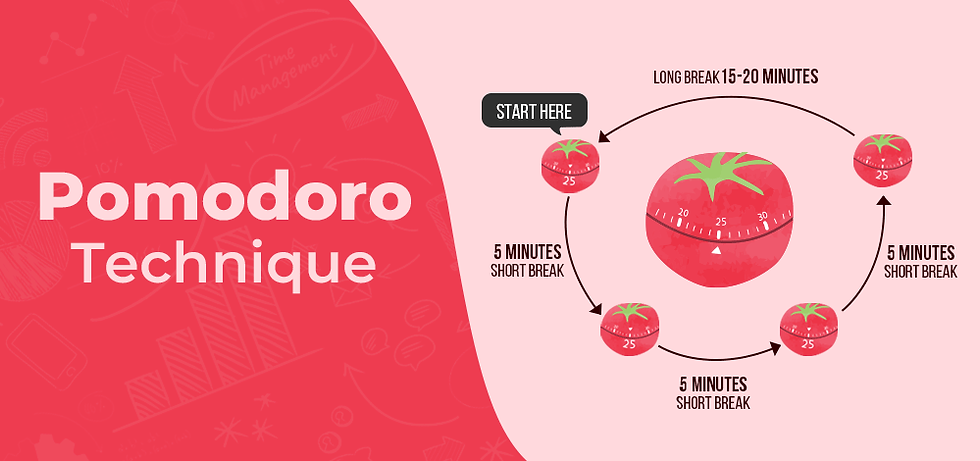
In an age of constant distractions, mastering time management techniques has become essential for maintaining focus and boosting productivity. The Pomodoro Technique—a time-tested productivity method created by Francesco Cirillo in the late 1980s—remains a powerful strategy for individuals and teams aiming to optimize their work habits. As we step into 2025, evolving work environments and digital tools demand an updated, strategic approach to this technique.
This comprehensive guide will teach you how to master the Pomodoro Technique for maximum focus and productivity in 2025. You’ll learn the science behind it, practical tips for implementation, advanced strategies for customization, and how to leverage modern technology to supercharge your workflow. Whether you’re a student, remote worker, entrepreneur, or professional, this article delivers actionable insights to help you reclaim your time and achieve more with less stress.
Understanding the Pomodoro Technique: Foundations and Benefits
The Pomodoro Technique is a time management method based on breaking work into short, focused intervals called “pomodoros,” traditionally lasting 25 minutes, separated by short breaks. After completing four pomodoros, a longer break is taken.
Origins and Core Principles
Francesco Cirillo invented this technique using a tomato-shaped kitchen timer (pomodoro means “tomato” in Italian). The method’s simplicity is its strength: it uses focused bursts of work to train attention span and reduce procrastination.
Key principles include:
Work with intense focus during pomodoros.
Take regular breaks to rest and recharge.
Track progress by counting completed pomodoros.
Avoid multitasking by focusing on one task at a time.
Why Use the Pomodoro Technique?
The benefits are supported by research on attention span, cognitive fatigue, and motivation:
Improves concentration: Short intervals help maintain sustained focus without burnout.
Combats procrastination: Defined work sessions create urgency and structure.
Enhances productivity: Regular breaks prevent mental fatigue, boosting efficiency.
Helps track effort: Quantifying work time helps evaluate productivity objectively.
Reduces distractions: Knowing breaks are coming encourages resisting interruptions.
A 2011 study published by the American Psychological Association highlights that structured breaks improve task performance and reduce cognitive load (APA source).
Semantic Keywords to Note
Time management technique
Focus intervals
Work-break cycles
Productivity method
Attention span training
Step-by-Step Guide to Implementing Pomodoro in 2025
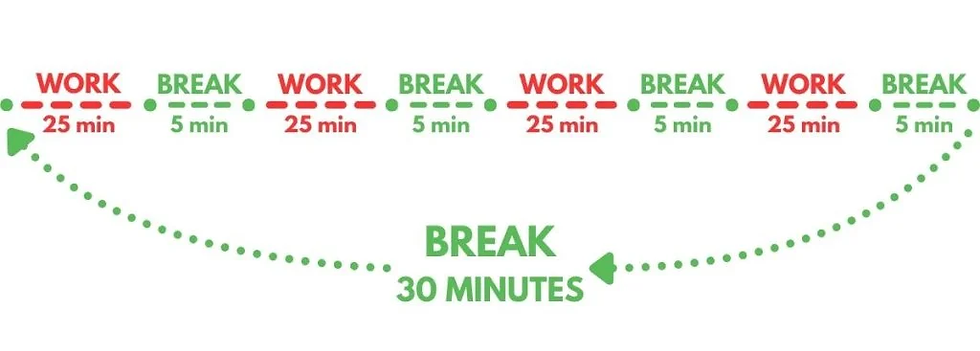
Mastering the Pomodoro Technique requires more than just setting a timer—it’s about creating a workflow that fits your unique needs.
Step 1: Choose Your Task Clearly
Before starting, define a specific task or sub-task. Vague goals like “work on project” can dilute focus. Instead, say “draft introduction for client proposal.”
Expanded Explanation: Clearly defining your task before each pomodoro session sets a measurable intention, which primes your brain for focused work. For example, instead of “study biology,” break it down to “review and annotate chapter 3 on cellular respiration.” This specificity reduces decision fatigue and helps prevent the mind from wandering. Additionally, when tasks are too broad, you risk feeling overwhelmed or procrastinating because the endpoint is unclear. Breaking tasks into manageable chunks aligns perfectly with the Pomodoro’s interval structure, ensuring each session has a clear, attainable goal.
Real-world application: A software developer preparing for a product launch might break down their day into pomodoros such as “write unit tests for module A,” “debug login functionality,” and “review pull requests,” rather than just “work on product launch.” This granular approach helps maintain momentum and track progress accurately.
Step 2: Set a Timer (Traditionally 25 Minutes)
Use a timer or app designed for Pomodoro. Avoid multitasking during this period—focus solely on the task.
Expanded Explanation: The timer acts as a commitment device, signaling your brain that it has a limited window to work intensely. This temporal boundary creates a sense of urgency without overwhelming pressure. Using dedicated Pomodoro apps or digital timers can enhance this experience by providing visual and auditory cues, tracking session data, and even blocking distracting websites during work intervals.
Real-world application: Remote workers often face a barrage of digital distractions. Using apps like Focus Booster or Be Focused, they set a 25-minute timer that not only counts down but also locks distracting apps or websites, helping to maintain strict single-task focus.
Step 3: Work Until Timer Rings
Work with full concentration. If distractions arise, jot them down to address later but do not break your focus.
Expanded Explanation: The practice of jotting down distractions—sometimes called the “distraction list”—is a powerful cognitive strategy. It acknowledges the distraction without succumbing to it, preventing you from losing momentum. This technique also helps reduce anxiety about forgetting tasks or ideas, because you have a dedicated place to capture them.
Real-world application: A student writing a thesis might suddenly remember a book to cite or a question to ask their advisor. Instead of stopping, they write it down quickly on a sticky note or digital note-taking app, then return to writing until the timer ends.
Step 4: Take a Short Break (5 Minutes)
Use this time to stand up, stretch, hydrate, or practice deep breathing.
Expanded Explanation: Short breaks serve multiple purposes: they refresh your mind, reduce muscle stiffness from prolonged sitting, and prevent cognitive fatigue. Engaging in physical activity during breaks, such as stretching or walking, improves blood flow and oxygenation to the brain, enhancing subsequent focus. Mindfulness or breathing exercises can also reduce stress and reset attention.
Real-world application: An office worker might use their 5-minute break to step outside for fresh air or perform a series of simple stretches at their desk. A remote worker could do a brief guided meditation or breathing exercise using apps like Headspace or Calm.
Step 5: Repeat Pomodoros
After four pomodoros, take a longer break (15–30 minutes). This helps your brain reset.
Expanded Explanation: Longer breaks facilitate deeper mental recovery and prevent burnout. During these breaks, it’s beneficial to disengage from screens entirely and engage in restorative activities such as walking, light exercise, or social interactions. These breaks also allow your brain to consolidate information and prepare for the next work cycle.
Real-world application: A graphic designer might spend their longer break taking a walk outside or preparing a healthy snack, returning revitalized for the next set of focused sessions.
Customizing Pomodoro Lengths for 2025 Workstyles
Modern workflows vary widely. Experiment with different pomodoro lengths:
Work Interval | Break Interval | Best For |
|---|---|---|
25 minutes | 5 minutes | Classic method; general tasks |
50 minutes | 10 minutes | Deep work, creative projects |
90 minutes | 20 minutes | Complex problem-solving |
Tip: Use ultradian rhythm awareness—our brains typically work best in ~90-minute cycles—to adjust pomodoros for deep focus sessions.
Expanded Explanation: Adjusting pomodoro lengths to your specific workflow and energy patterns is essential for sustained productivity. Shorter intervals are effective for tasks requiring frequent decision-making or for beginners building focus stamina. Longer intervals suit creative or analytical work where deeper immersion is beneficial.
Real-world application: An academic researcher writing a grant proposal might use 90-minute pomodoros to maintain flow during complex writing, whereas a customer service representative might use 25-minute intervals to manage varied, task-switching work.
Practical Example
Jane, a content writer, uses 25-minute pomodoros for research and writing, then switches to 50-minute intervals when drafting long-form articles that require deeper concentration.
Expanded Explanation: Jane’s flexible approach maximizes her productivity by aligning pomodoro lengths with task demands. For fact-finding or editing, shorter bursts prevent fatigue and maintain clarity. For immersive writing, longer sessions enable flow state engagement, reducing the friction of starting and stopping.
Common Challenges and How to Overcome Them
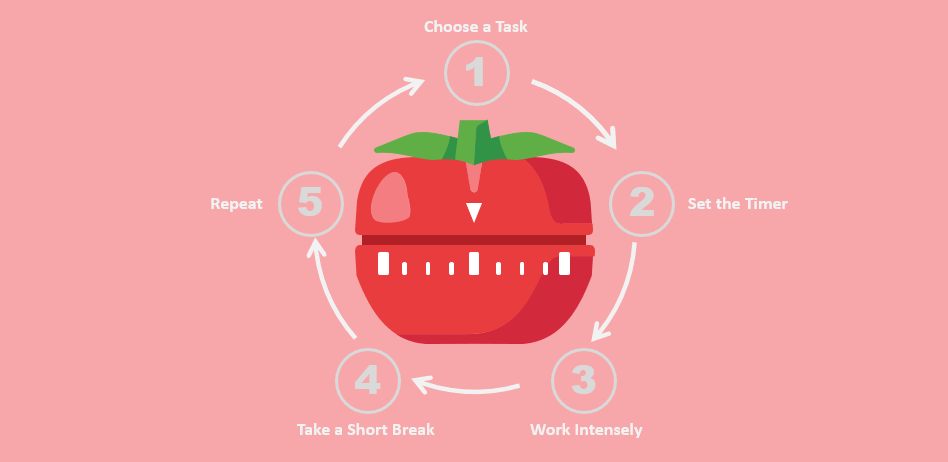
Despite its simplicity, many users encounter obstacles when applying the Pomodoro Technique.
Challenge 1: Interruptions and Distractions
Solution: Communicate your pomodoro schedule to coworkers or family; use “Do Not Disturb” modes on devices; create physical workspace boundaries.
Expanded Explanation: Proactively managing interruptions is critical for Pomodoro success. Informing colleagues or family members about your focus blocks creates social accountability and sets expectations. Technological tools such as “Do Not Disturb” settings, noise-cancelling headphones, or workspace signage can reinforce these boundaries. Additionally, scheduling pomodoros during known low-distraction periods (e.g., early morning) can minimize interruptions.
Real-world application: A remote team member might block calendar slots labeled “Focus Time – Pomodoro” visible to coworkers, reducing the likelihood of impromptu meetings or chat interruptions.
Challenge 2: Underestimating Task Complexity
Some tasks may need more than one pomodoro or shift mid-session.
Solution: Break complex tasks into smaller sub-tasks; if interrupted, restart the timer only after resuming full focus.
Expanded Explanation: Complex tasks often require iterative work and may not fit neatly into single pomodoros. Breaking these into discrete components helps maintain momentum and provides a sense of accomplishment. When interrupted mid-session, pausing rather than abandoning the pomodoro preserves the integrity of the time block.
Real-world application: A product manager planning a roadmap might divide the task into “outline features,” “prioritize backlog,” and “draft timeline,” assigning each to one or more pomodoros.
Challenge 3: Feeling Rushed or Too Rigid
Solution: Customize intervals; allow flexibility when necessary; consider using Pomodoro alongside other productivity methods like time blocking.
Expanded Explanation: Rigid adherence to timers can generate pressure, especially for tasks requiring deep thought or creative flow. Flexibility in pomodoro length, or blending Pomodoro with other techniques like time blocking or the two-minute rule, creates a balanced approach. The key is to maintain awareness of your optimal focus duration without becoming a slave to the clock.
Real-world application: An entrepreneur might use Pomodoro for administrative tasks but switch to open-ended time blocks for brainstorming sessions, adjusting as needed.
Challenge 4: Losing Motivation During Breaks
Breaks sometimes lead to distractions like social media scrolling.
Solution: Plan intentional breaks involving movement or mindfulness rather than passive screen time.
Expanded Explanation: Breaks are meant to refresh the mind, but passive consumption of digital content can paradoxically increase cognitive load and reduce subsequent focus. Scheduling active breaks—such as stretching, brief walks, hydration, or mindfulness exercises—helps reset mental energy effectively.
Real-world application: A software engineer might set a reminder to do a 5-minute yoga stretch or breathing exercise during breaks instead of checking social media feeds.
Advanced Pomodoro Strategies for Increased Productivity
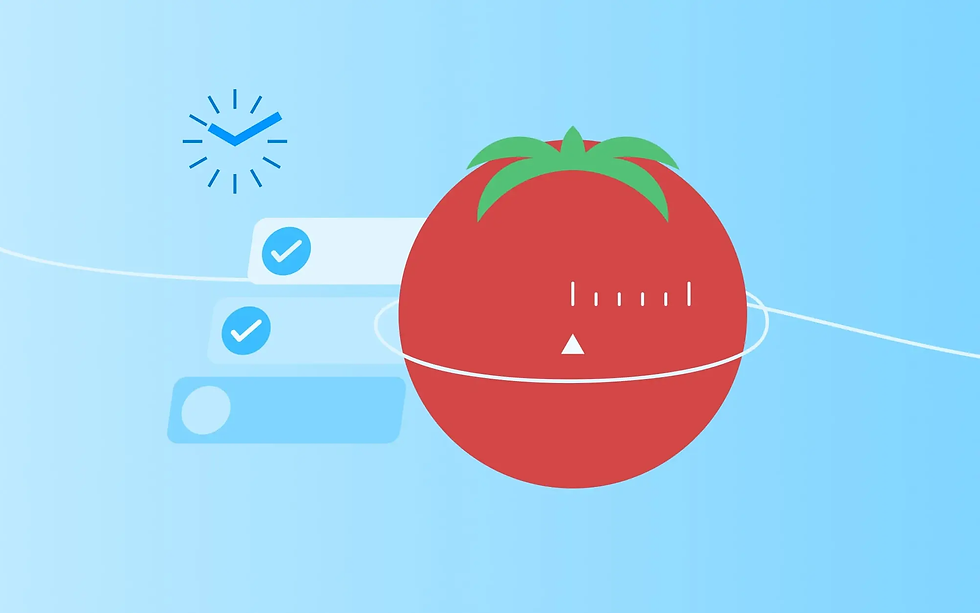
To truly master the Pomodoro Technique in 2025 requires going beyond basics.
Strategy 1: Integrate Task Prioritization Frameworks
Combine Pomodoro with Eisenhower Matrix or MIT (Most Important Tasks) system to ensure high-impact work during peak energy periods.
Expanded Explanation: Prioritizing tasks before scheduling pomodoros maximizes the value of focused work sessions. The Eisenhower Matrix helps distinguish urgent versus important tasks, while MITs focus your energy on the few critical tasks that drive results. Aligning pomodoro cycles with your natural energy peaks—morning or afternoon—further optimizes output.
Real-world application: A marketing manager might use the Eisenhower Matrix to select three MITs for the day, scheduling pomodoros for these tasks during high-energy periods and reserving low-energy times for routine work.
Strategy 2: Use Visual Progress Tracking
Track pomodoros completed daily using charts or journals. Visual progress builds motivation and accountability.
Expanded Explanation: Visual feedback leverages the psychological principle of reinforcement. Seeing tangible progress, such as checkmarks or colored bars, triggers satisfaction and motivates continuation. Journaling about daily pomodoro sessions also aids reflection and identification of productivity patterns.
Real-world application: A freelancer might use a bullet journal to record completed pomodoros, noting which tasks took more cycles, and adjust future planning accordingly.
Strategy 3: Batch Similar Tasks Together
Group related tasks into a single pomodoro session (e.g., answering emails only during one pomodoro).
Expanded Explanation: Task batching reduces cognitive switching costs, which can drain mental energy and decrease efficiency. Allocating dedicated pomodoros for repetitive or similar activities (emails, calls, data entry) streamlines workflow and frees up other sessions for more demanding work.
Real-world application: An executive assistant might reserve the first pomodoro of the day for clearing the inbox, followed by focused preparation for meetings in subsequent sessions.
Strategy 4: Employ Mindfulness During Breaks
Practice breathing exercises or brief meditation between pomodoros to improve mental clarity .
Expanded Explanation: Mindfulness during breaks helps reduce stress, enhances emotional regulation, and improves attention control. Even short practices (2–5 minutes) can reset cognitive resources, making the transition back to work smoother and more effective.
Real-world application: A customer support agent might use a guided breathing app during breaks to reduce call-related stress and maintain calm focus for subsequent sessions.
Strategy 5: Adaptive Pomodoro Using Biofeedback
Some professionals use wearable devices to monitor heart rate variability (HRV) or brain waves to detect cognitive fatigue and adapt pomodoro lengths dynamically.
Expanded Explanation: Biofeedback provides real-time insight into physiological states linked to focus and fatigue. By integrating these signals with pomodoro scheduling, users can optimize timing—extending focus sessions when alert, or taking breaks earlier when signs of fatigue appear. This personalized approach enhances sustainability and prevents burnout.
Real-world application: A high-performance athlete or executive might wear an HRV monitor connected to productivity software that adjusts pomodoro intervals based on stress and recovery metrics.
Leveraging Technology: Best Tools and Apps for Pomodoro
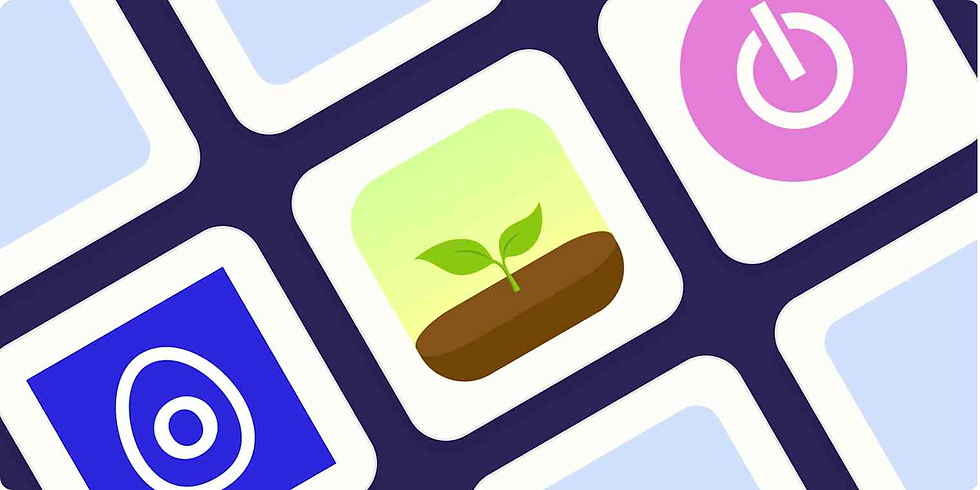
In 2025, technology enhances traditional methods with automation, analytics, and integrations.
Top Recommended Pomodoro Apps
App Name | Key Features | Platforms |
|---|---|---|
Simple timer, session reports, cloud sync | Windows, Mac, iOS | |
All-in-one task management | macOS | |
Integrates with Trello, Asana, Jira for teams | Windows, Mac, Linux | |
Time tracking + pomodoro | Cross-platform | |
Forest | Gamified focus with virtual tree planting | Android, iOS |
Note: Choose apps that sync across your devices and integrate with your existing workflows for seamless productivity.
Expanded Explanation: Selecting the right tool depends on your workflow complexity, device ecosystem, and whether you work solo or in teams. For solo users, simple timers with progress tracking might suffice, while teams benefit from apps that integrate with project management tools and provide shared visibility. Gamified apps like Forest add motivational elements that encourage adherence.
Using Smart Assistants and Automation
Leverage AI-powered assistants such as Google Assistant or Siri to start timers hands-free:"Hey Siri, start a 25-minute focus timer."
Automate break reminders using calendar integrations or custom scripts (e.g., via Zapier or IFTTT).
Expanded Explanation: Voice commands reduce friction in initiating pomodoros, especially during busy workflows or when hands are occupied. Automation platforms can trigger pomodoro timers based on calendar events or task status, creating a seamless productivity environment. Integration with smart home devices can also signal breaks through lighting or sound cues.
Real-world application: A remote worker might automate a workflow where starting a task in Trello triggers a Pomodoro timer and sets their Slack status to “Do Not Disturb,” reverting after the session ends.
Pomodoro Technique in Team Settings and Remote Work
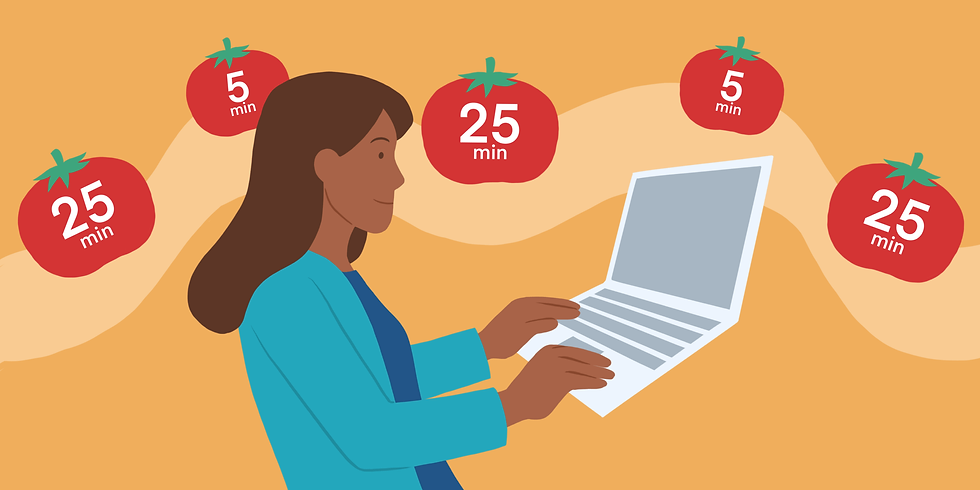
The rise of remote work has transformed how teams collaborate and manage time collectively.
Implementing Pomodoro in Teams
Use shared timers during virtual meetings or co-working sessions.
Encourage team members to block times as “focus hours” using Pomodoro cycles.
Share daily completed pomodoros in team channels for accountability.
Expanded Explanation: Adopting Pomodoro at the team level fosters a culture of respect for focused work, reducing interruptions and improving collective productivity. Shared timers during virtual co-working sessions create synchronized focus periods, enhancing collaboration and morale. Transparency about pomodoro counts encourages accountability without micromanagement.
Real-world application: A software development team might hold daily “Pomodoro sprints” during which all members work silently on assigned tasks, followed by brief check-ins to share progress.
Benefits for Remote Workers
Helps create structure amid flexible schedules.
Reduces video call fatigue by incorporating focused work periods.
Supports asynchronous communication by clarifying availability during pomodoros.
Expanded Explanation: Remote work’s flexibility can lead to blurred boundaries and scattered attention. The Pomodoro Technique introduces rhythmic structure, helping workers balance autonomy with discipline. Scheduled focus sessions reduce the need for constant synchronous communication, minimizing fatigue and enhancing deep work opportunities.
Real-world application: A remote content marketing team uses Pomodoro cycles to stagger availability, ensuring coverage while protecting individual focus time.
Microsoft’s research on remote work underscores that structured focus periods improve team productivity (Microsoft WorkLab).
Scientific Insights: Why Pomodoro Works
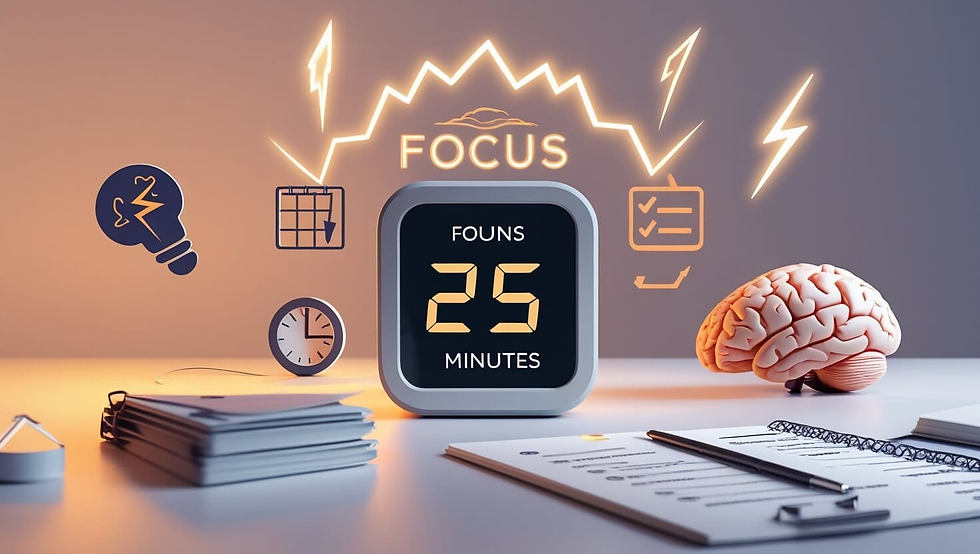
Understanding the neuroscience behind Pomodoro can increase adherence and effectiveness.
Cognitive Load Theory
Our working memory has limited capacity; long continuous work leads to overload and diminished returns (Sweller et al., 1998).
Pomodoros prevent overload by chunking time into manageable bursts separated by recovery breaks.
Expanded Explanation: Cognitive Load Theory distinguishes between intrinsic, extraneous, and germane loads on working memory. Pomodoro intervals minimize extraneous load by limiting distractions and managing task complexity, while breaks allow consolidation of learning and restoration of cognitive resources.
Attention Span Dynamics
Research shows average attention spans hover around 20–30 minutes before waning. The classic 25-minute pomodoro aligns perfectly with this natural rhythm.
Expanded Explanation: Aligning work intervals with natural attention cycles optimizes sustained focus. Exceeding these periods often results in diminishing returns as attention drifts. The Pomodoro Technique capitalizes on this by building in breaks before fatigue sets in, preserving high-quality cognitive performance.
The Zeigarnik Effect
The psychological tendency to remember interrupted tasks better motivates users to resume after breaks, maintaining task engagement over longer periods (Zeigarnik Effect - Britannica).
Expanded Explanation: The Zeigarnik Effect explains why breaking work into discrete sessions can enhance motivation; incomplete tasks linger in memory, prompting return and completion. Pomodoro’s structured interruptions harness this effect positively, contrasting with random distractions that fragment focus without productive intent.
Conclusion: Your Path to Mastery and Focus in 2025
Mastering the Pomodoro Technique in today’s dynamic work environment requires more than following a timer—it demands strategic adaptation, technological support, and self-awareness. By understanding its foundations, customizing intervals based on cognitive rhythms, overcoming challenges mindfully, and integrating modern tools and team practices, you can unlock unparalleled focus and productivity in 2025.
Key takeaways:
Define clear tasks before each pomodoro.
Adjust intervals based on personal energy cycles.
Protect your work sessions from interruptions.
Use technology thoughtfully to enhance—not distract from—your workflow.
Incorporate mindfulness during breaks for mental refreshment.
Leverage team collaboration tools if working remotely or in groups.
By embedding these insights into your daily routine, you’ll not only master the Pomodoro Technique but also cultivate sustainable habits that propel your professional success forward.
FAQ: Pomodoro Technique Questions Answered
Q1: Can I use Pomodoro for all types of tasks?
A1: While ideal for focused tasks such as writing or coding, highly creative or brainstorming tasks may require flexible timing. Experiment with longer intervals if needed. For example, brainstorming sessions might benefit from 45- to 90-minute blocks to allow deeper immersion without interruption.
Q2: What if I get interrupted during a pomodoro?
A2: If the interruption is brief and unavoidable, pause and resume the timer. For major interruptions, restart the pomodoro once you regain focus. Maintaining the integrity of focus sessions preserves the technique’s effectiveness.
Q3: How long should breaks be?
A3: Short breaks of about 5 minutes after each pomodoro help maintain alertness; after four cycles, take a longer break of 15–30 minutes to recharge more fully. Use breaks for physical movement or mental rest rather than passive screen time to maximize recovery.
Q4: Is it okay to modify the traditional 25/5-minute structure?
A4: Absolutely. The technique is flexible—adjust intervals based on your workflow preferences and energy patterns while keeping the core idea of focused work followed by breaks intact. Personalization enhances adherence and results.
Q5: How does Pomodoro compare with other time management methods?
A5: Pomodoro emphasizes focused intervals which complement broader strategies like time blocking or GTD (Getting Things Done). Combining methods often yields the best results. For instance, you might use time blocking to allocate general work periods and Pomodoro to structure work within those blocks.
